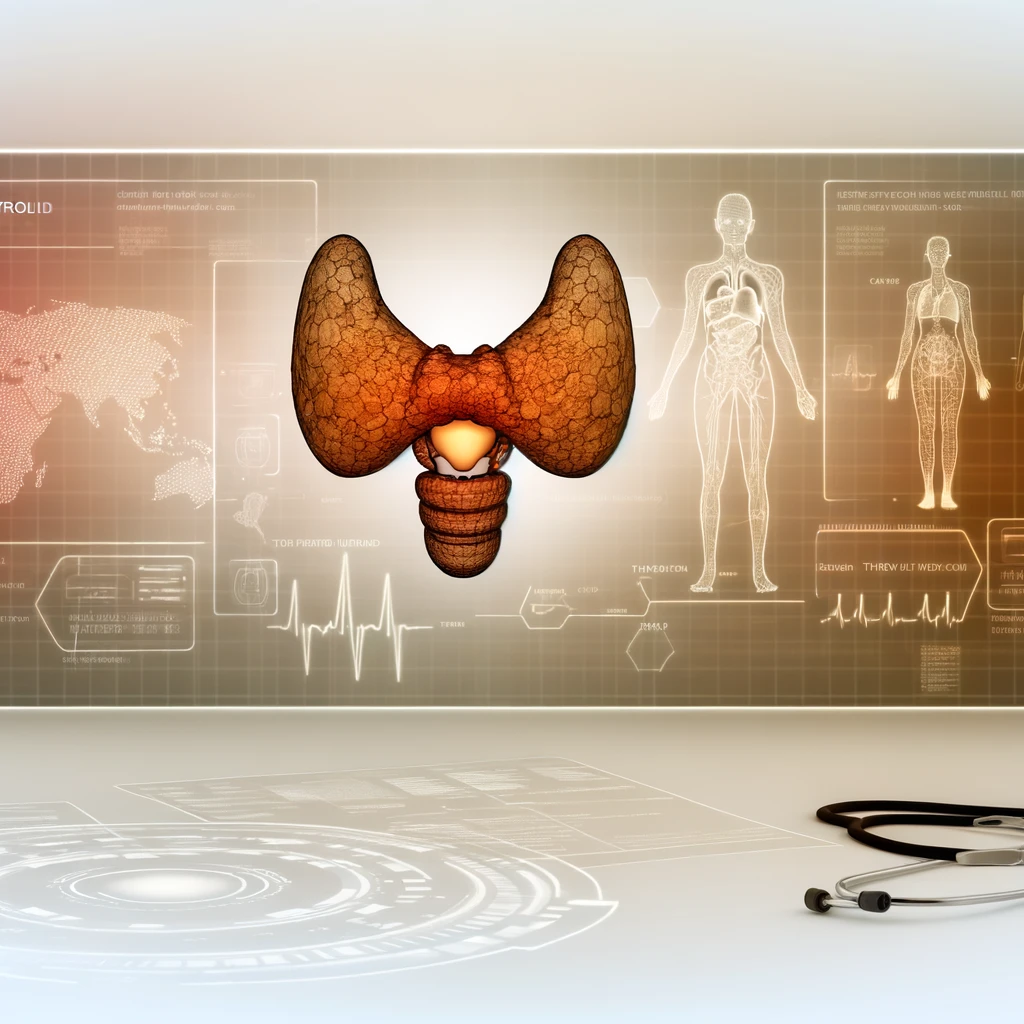
Chronic Pain Management: New Approaches and Treatments
Chronic pain affects millions of individuals worldwide, leading to significant impacts on quality of life and daily functioning. As medical science advances, new approaches and treatments are continuously being developed to better manage this ongoing health challenge. This article explores these novel strategies, offering insights into how they might improve patient outcomes.
Understanding Chronic Pain
Chronic pain is defined as pain that persists for more than 12 weeks despite treatment. It can stem from various conditions such as arthritis, back pain, migraines, or fibromyalgia. Unlike acute pain, which serves as a warning of injury, chronic pain persists, often affecting mental health and overall well-being.
Innovative Approaches to Pain Management
1. Multidisciplinary Pain Management Programs
One of the emerging trends in chronic pain management is the use of multidisciplinary programs. These involve a team of healthcare providers, including doctors, physical therapists, psychologists, and occupational therapists, working together to address all aspects of a patient's pain. This holistic approach not only targets the physical symptoms but also addresses the psychological and social factors contributing to pain.
2. Personalized Medicine
Personalized medicine is making significant strides in chronic pain management. By tailoring treatments based on an individual's genetic makeup, healthcare providers can more precisely target the causes of pain and improve treatment efficacy. Pharmacogenomics, the study of how genes affect a person's response to drugs, plays a crucial role in this approach.
3. Mind-Body Therapies
Mind-body therapies such as cognitive-behavioral therapy (CBT), mindfulness, and relaxation techniques are increasingly being integrated into pain management plans. These therapies help patients develop coping strategies, reduce stress, and improve their mental outlook, which can significantly impact the perception of pain.
Emerging Treatments
1. Neuromodulation Techniques
Neuromodulation involves the use of electrical or magnetic stimulation to alter nerve activity. Techniques such as spinal cord stimulation and transcranial magnetic stimulation are being explored for their potential to relieve chronic pain. These treatments offer hope for patients who have not responded to conventional therapies.
2. Regenerative Medicine
Regenerative medicine, including stem cell therapy and platelet-rich plasma (PRP) injections, is gaining attention for its ability to repair damaged tissues and reduce pain. These therapies aim to harness the body's natural healing processes, offering a promising avenue for the future of pain management.
3. Virtual Reality (VR) Therapy
Virtual reality is emerging as a novel tool for pain management. VR therapy can distract patients from their pain, provide relaxation, and even simulate therapeutic environments for physical rehabilitation. Studies have shown its effectiveness in reducing pain perception and improving quality of life.
Challenges and Considerations
While these new approaches and treatments offer hope, they also present challenges. Access to these advanced therapies can be limited by cost and availability, and not all patients respond to treatments in the same way. Furthermore, the integration of new technologies requires careful consideration of ethical and privacy issues.
Conclusion
Chronic pain management is a complex field that requires a multifaceted approach. The integration of new approaches and treatments offers exciting possibilities for improving patient outcomes. By staying informed about these advancements, healthcare providers can better tailor their strategies to meet the unique needs of each patient, ultimately enhancing their quality of life.
Related Articles





